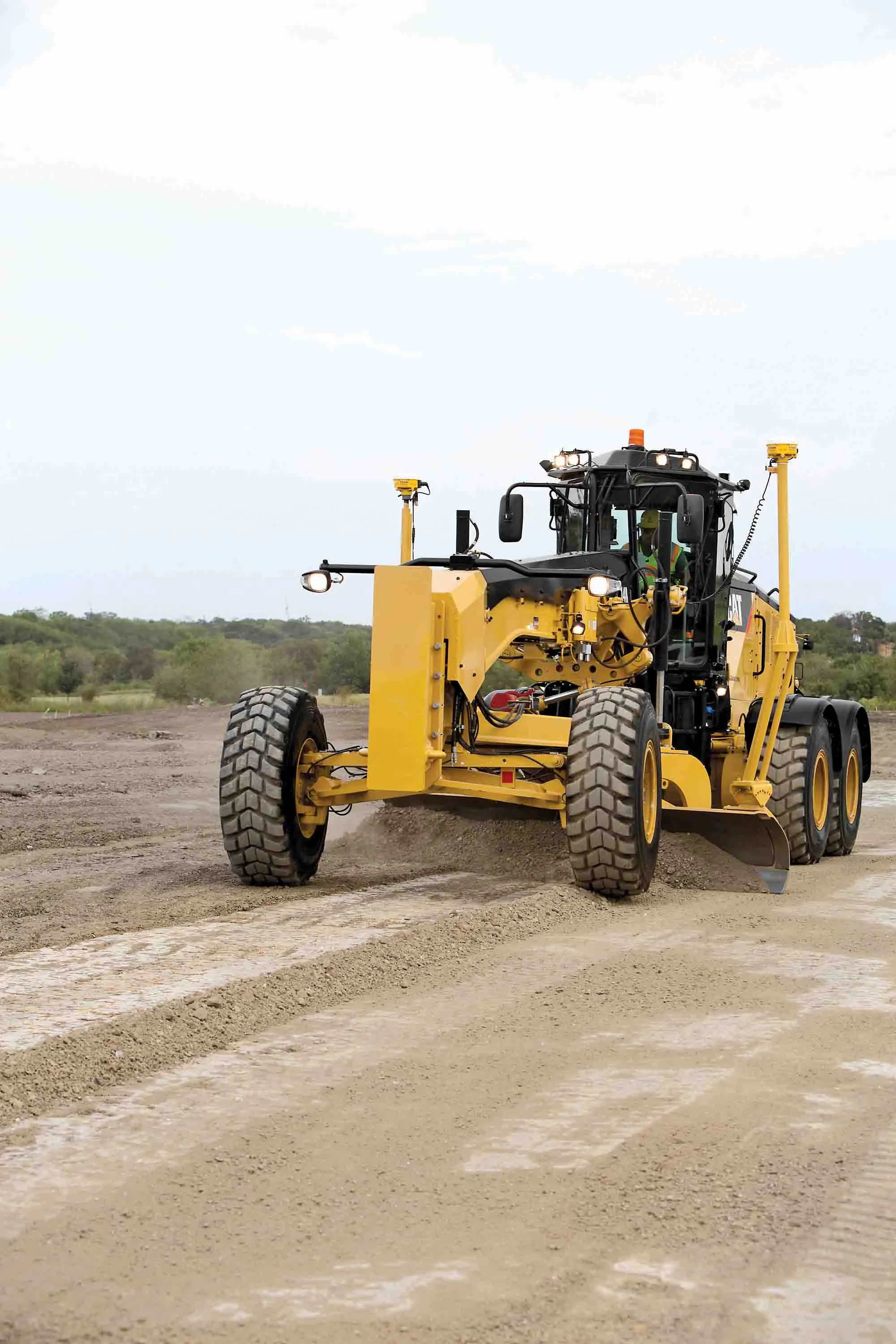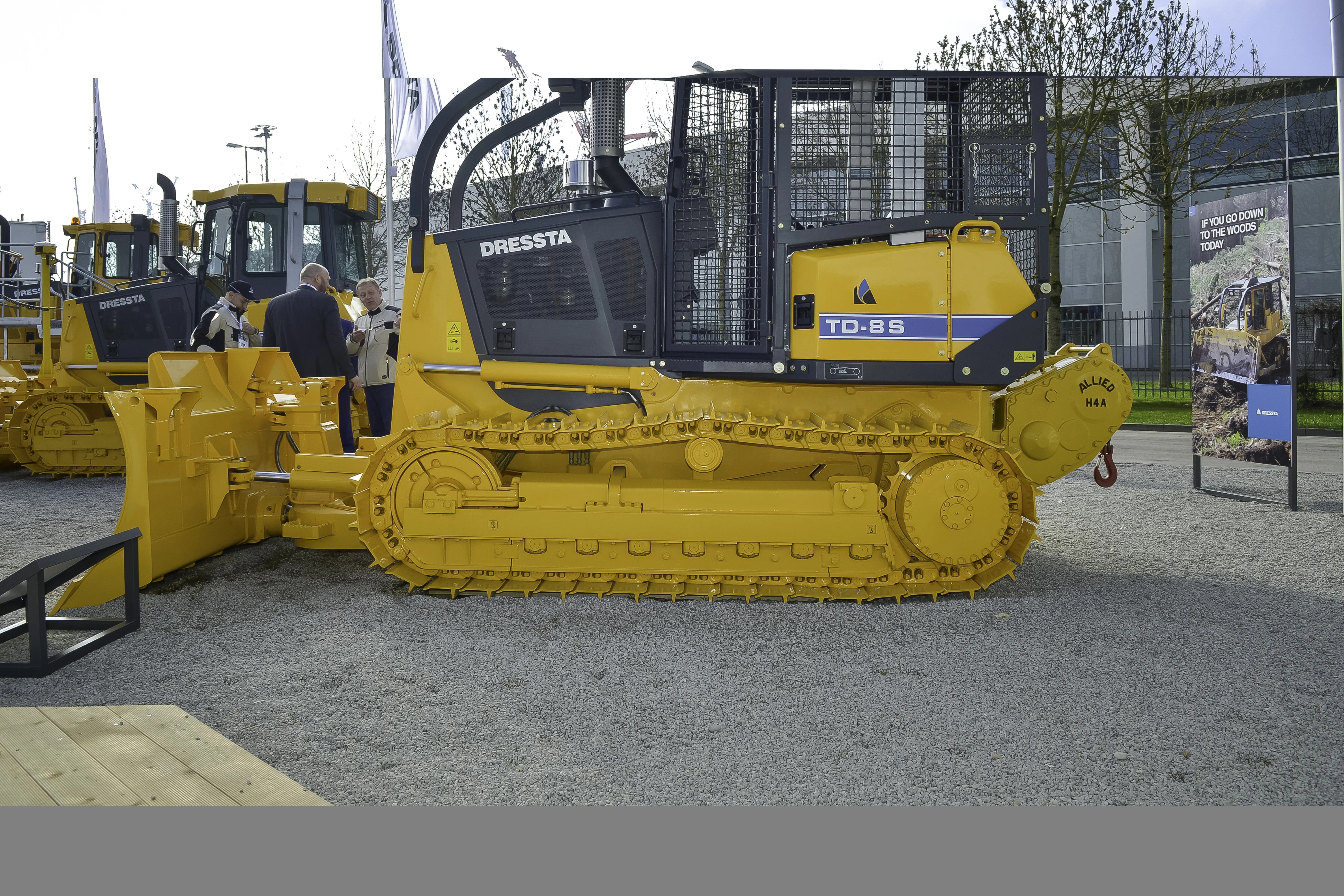The 1600H has a Tier 4 Final engine to give a compression rating of 1600 cubic foot per minute (CFM) at 100 to 150 pounds per square inch (psi). Compared with the company's previous models, it is 20% smaller and 2,500 pounds lighter for easier manoeuvrability, storage, handling and transit. It is fitted with fork lift pockets and two units will fit comfortably on a standard flatbed or drop-deck trailer. The unit offers 10% lower overall fuel consumption compared with previous models, with up to 10 hours uninterrupted run time – longer than the average workshift.
A notable innovation with the new unit is a 7-inch durable touchscreen controller, which can be operated with gloved hands. It can be towed at 65mph. Servicing is improved by swing doors that give easier access to the engine.
The 400H small compressor has a Cummins QSF3.8 diesel engine and offers variety of flow and pressures up to 400 cfm and 150 psi. Like the 1600H, the 400H offers up to 10 hours’ runtime. For maintenance, Sullair offers 50-, 250- and 500-hour service kits, which include replacement parts for each interval.
To better support its product range, Sullair now makes a 'brand promise' that it will maximise reliability, durability and performance. “Uptime is critical – contractors expect machines to work harder these days,” says Russell Warner, vice president, rental and infrastructure at Sullair. The company has also introduced what it calls its Reman Program, whereby it will 'remanufacture' used machines, bringing them back to full operational conditions for resale, and a Recon Program, whereby the company will recondition units to customers' specific requirements.
Sullair unveils 400, 1600 cubic foot per minute air compressors
Sullair introduced new large and small portable compressed air units at CONEXPO-CON/AGG.
The 1600H has a Tier 4 Final engine to give a compression rating of 1600 cubic foot per minute (CFM) at 100 to 150 pounds per square inch (psi).
March 8, 2017
Read time: 2 mins









